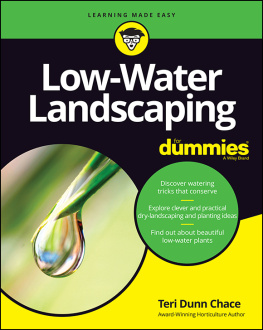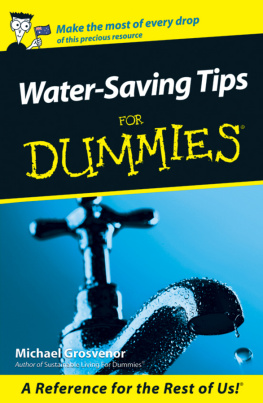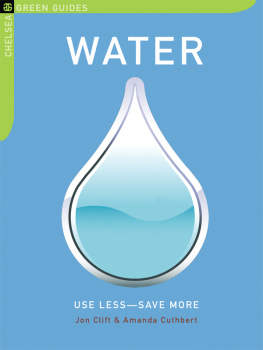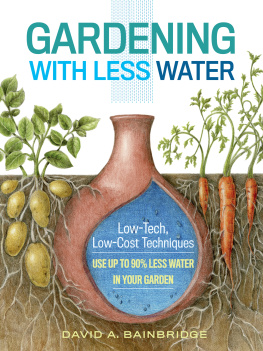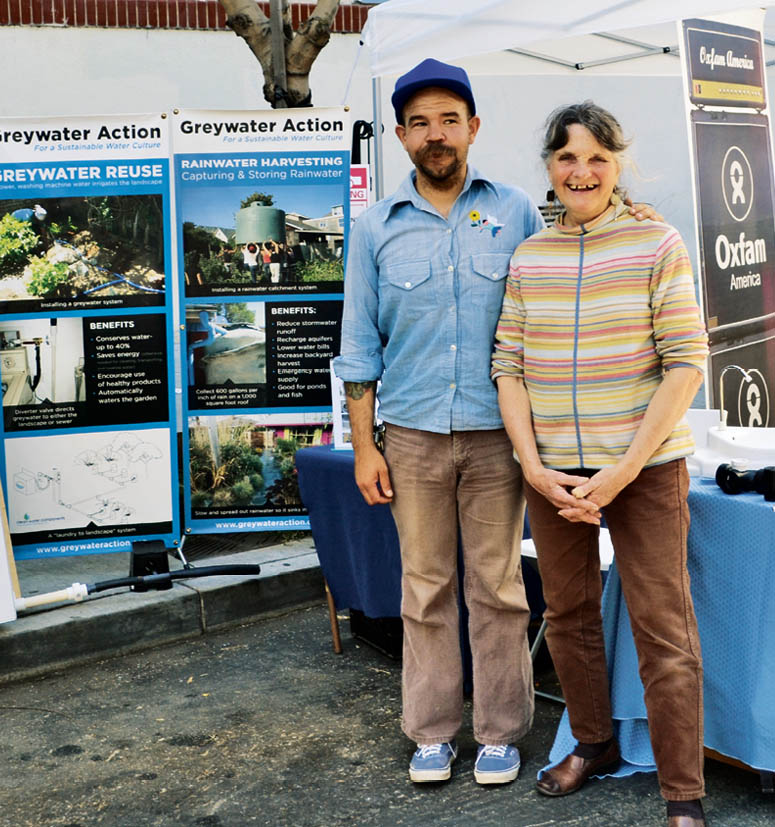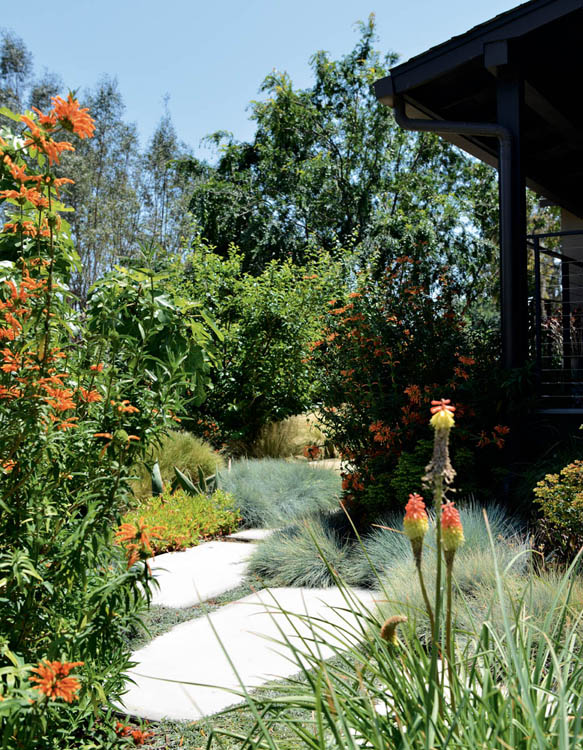To the greywater installers, educators, and users, and especially to Greywater Action
In August 2012 I sat in a radio studio talking about greywater with my former plumbing teacher and, at the time, Oaklands senior inspector Jeff Hutcher, on American Public Medias The Story. When I met Jeff in 1999, I never would have imagined this moment. I was a student in his residential plumbing class, seeking to learn hands-on skills to build sustainable water systems. At the time, he was horrified to hear about my Frankenstein greywater setups and refused to answer questions about my then-illegal plumbing systems in class (he was, after all, a city inspector). Now he and I work together to streamline permits and facilitate legal reuse of greywater.
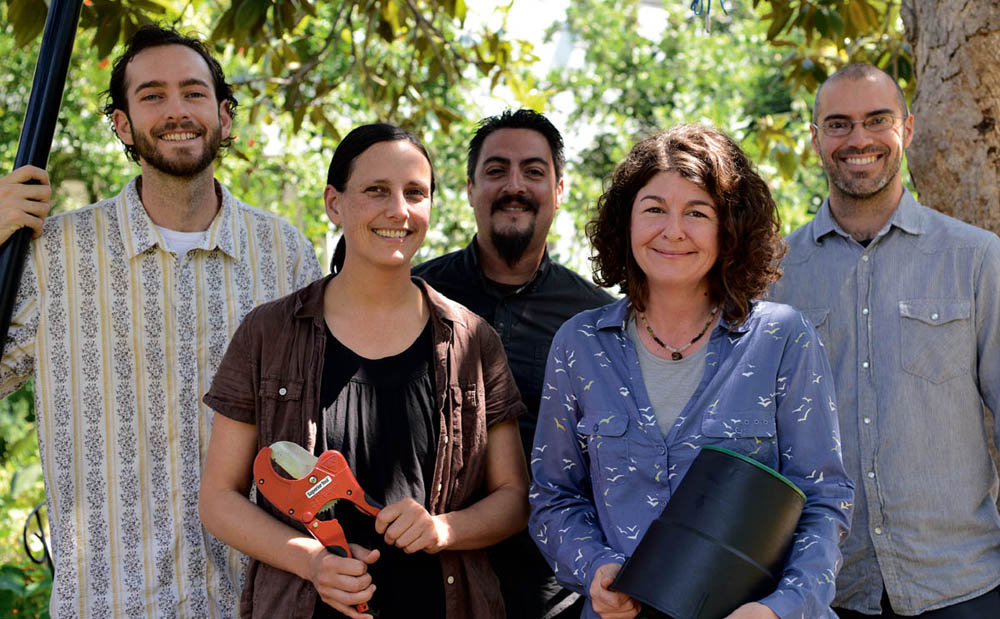
Greywater Action Los Angeles in 2016. Left to right: Ty Teissere, Laura Allen, Cris Sarabia, Laura Maher, Sergio Scabuzzo
For the past 17 years, Ive designed and built simple residential water reuse systems: greywater systems, rainwater catchment, and composting toilets. Once my friend and housemate Cleo Woelfle-Erskine and I cut into our homes plumbing to channel the shower water outside. I couldnt imagine ever again letting this good irrigation water escape to the sewer. We taught our friends and wrote about the how and the why of it. Our group, the Greywater Guerrillas, grew out of these projects. Later, we worked on an anthology, Dam Nation: Dispatches from the Water Underground, which placed greywater reuse, rainwater catchment, and composting toilets in the larger political context of water issues around the globe.
Some genuine plumbers joined our group: Christina Bertea, the first woman admitted into Local 159, Plumbers and Steamfitters Union, and Andrea Lara, then an apprentice. With their involvement, we honed our skills and revamped our designs. Andrea, Christina, and I taught dozens of hands-on workshops all over the Bay Area and southern California. As our state entered a multi-year drought, we couldnt keep up with the demand. Every workshop filled up, along with the wait list. I gave talks at green-living festivals, universities, churches, and even high schools.
Since all our work was illegal, according to state plumbing code at the time, we became involved in changing the code. In 2009 the State of California overhauled its greywater code, making many greywater systems legal. That same year we renamed our group Greywater Action: For a Sustainable Water Culture, to represent our goals and strategies to a diverse audience.
We continue to teach hands-on workshops, as well as trainings for professionals who want to offer these services to their clients. In our one-week class we teach people theory and hands-on skills, culminating with the participants installing a real system on the last day of class. Over a hundred people from across the U.S. and Canada have graduated and now champion greywater in their communities. Their systems, businesses, and workshops are the ripple effects of their training.
Our work expanded from the Bay Area to Southern California, where I lived for the past few years, with new members, bilingual (English/Spanish) trainers and materials, and partnerships with forward-thinking water agencies.
Now I live in Oregon and am adapting greywater into a new climate region.
I hope this book helps you tap into your own greywater resources and grow a beautiful, productive landscape.
Brian Munson on left, Christina Bertea on right
Part 1
Planning Your Home Greywater System
If youre like most people, you wash clothes, take showers, and run water down the sink. Why let this good irrigation water go to waste? Surely youve heard the expression, Dont throw the baby out with the bathwater. Now, lets stop throwing out the bathwater!
This part of the book will take you step-by-step through the installation of various systems.
Dont forget to start with efficiency. Before planning your greywater system, make sure your home is water-efficient. Fixing leaks and upgrading fixtures can reduce indoor water consumption by around 35 percent. See the Resources section for more information.
Chapter 1
Greywater Systems 101
The first step to design and install a greywater system is to understand your options.
These include the different types of systems, their general costs, their strengths and limitations, their benefits, and their health and safety considerations. This chapter provides the foundation youll need for the details and calculations in the upcoming chapters.
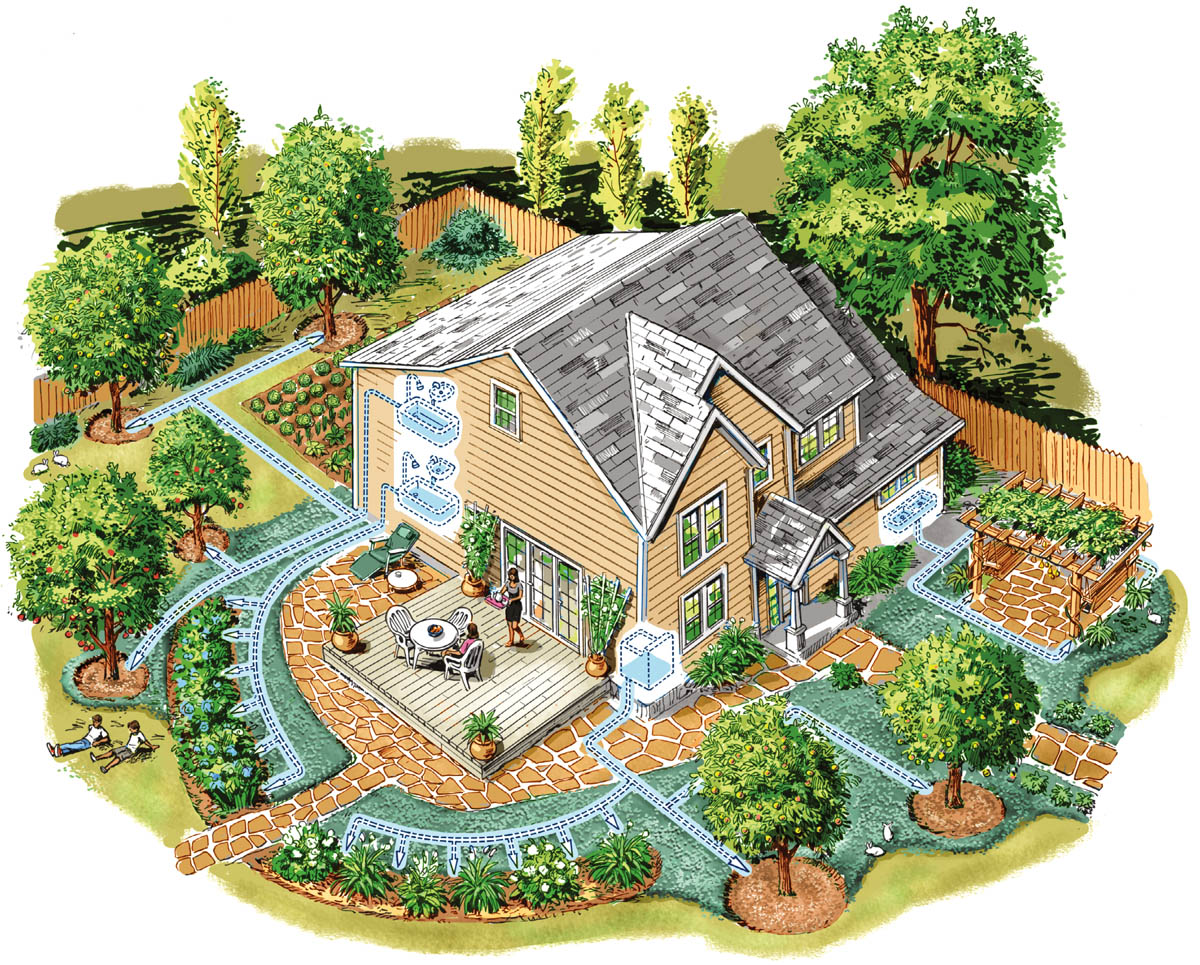
Home using greywater for irrigation with simple laundry-to-landscape and gravity-fed systems
In this chapter:
What Is Greywater?
Greywater is gently used water from sinks, showers, baths, and washing machines; it is not wastewater from toilets or laundry loads containing poopy diapers. Plants dont need clean drinking water like we do! Using greywater for irrigation conserves water and reduces the energy, chemicals, and costs involved in treating water to potable quality.
Reusing water that we already have is a simple and commonsense idea. Just use plant friendly soaps (those low in salts, and free of boron and bleach), and you have a good source of irrigation water thats already paid for.
Greywater systems save water and more. They can extend the life of a septic system, save time spent on watering, act as drought insurance (a source of irrigation during times of extreme water scarcity), and encourage the use of more environmentally friendly products. They also use less energy and fewer chemicals than other forms of wastewater treatment.
Water Savings from Greywater
You can expect to save between 10 and 20 gallons per person per day (or more) from a greywater system, though this number can fluctuate greatly. Studies estimate savings of between 16 and 40 percent of total household use. How much you actually save depends upon how much you currently irrigate, whether you use greywater on existing plants or you plant new ones, and how many greywater sources you can access. One study in Central California found an average household savings of 15,000 gallons per year after the greywater system was installed (see .
Cost of Greywater Systems
Materials for simple greywater systems typically cost a few hundred dollars. If youre handy, you can install a system yourself in a day or two. Professional installations range from $700 to many thousands of dollars, depending on the type of system and your site. Well discuss more details about specific system costs in .
A Water-Efficient Home and Landscape








